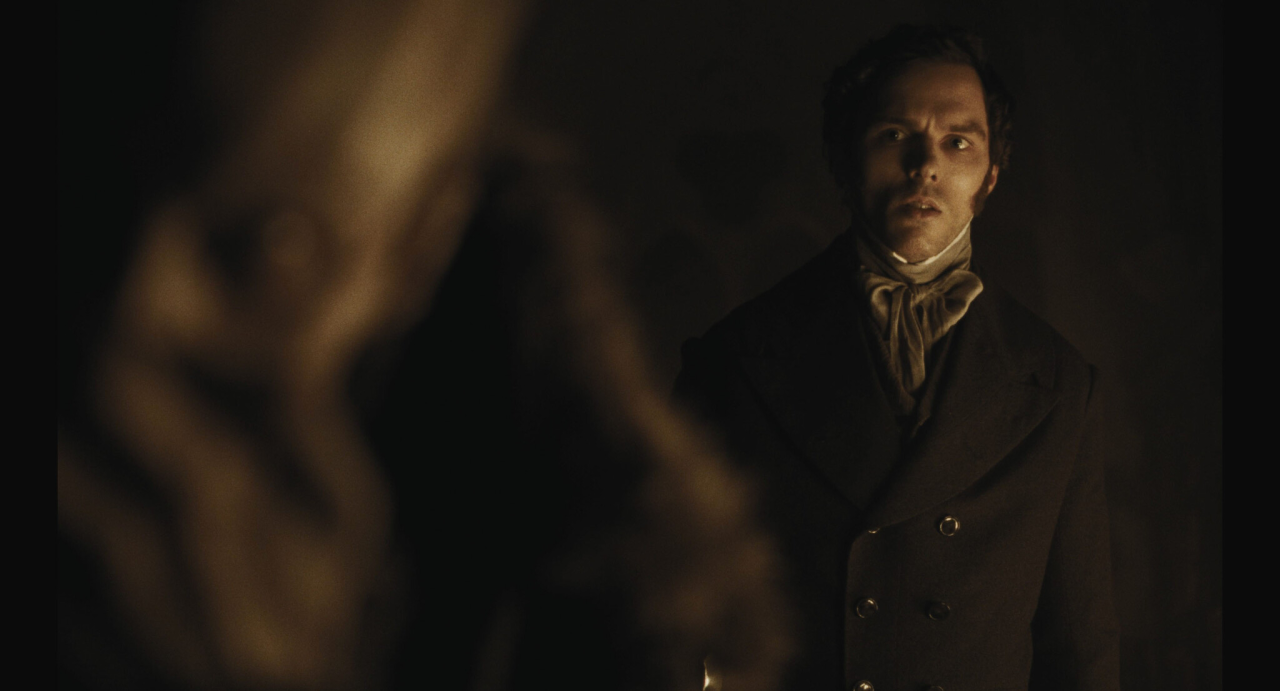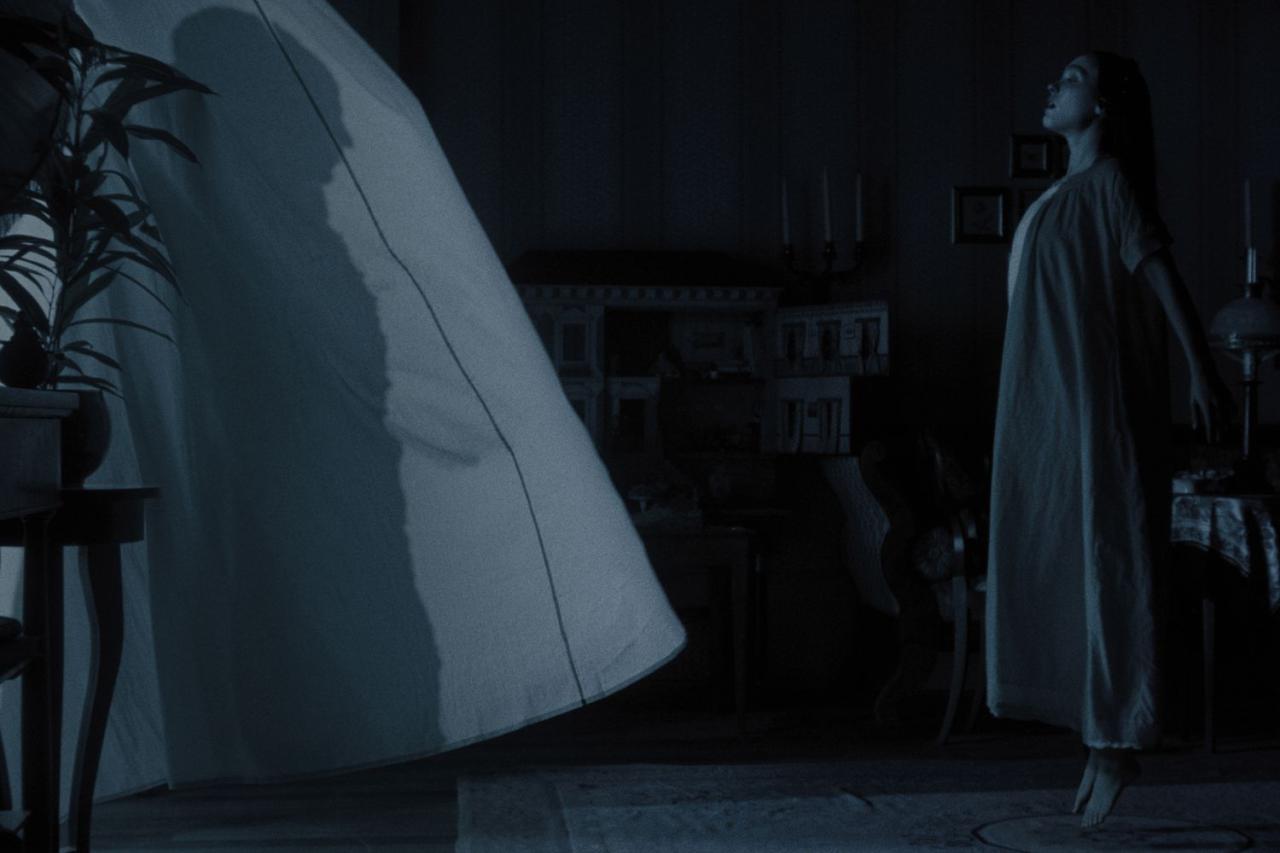In the realm of medical advancements, nosferatu prosthetics stand as a testament to the ingenuity and innovation that drives the pursuit of restoring and enhancing human abilities. These devices, inspired by the iconic vampire of folklore, transcend the boundaries of traditional prosthetics, offering a glimpse into a future where the lines between human and machine blur.
From their historical origins to their diverse applications, the development of nosferatu prosthetics has been shaped by a confluence of cultural, societal, and technological factors. This article delves into the intricate world of nosferatu prosthetics, exploring their types, materials, applications, advantages, and ethical considerations, while also shedding light on the exciting advancements that lie ahead in this captivating field.
Historical Context of Nosferatu Prosthetics
The Nosferatu prosthesis, an iconic symbol of the horror genre, has a rich and intriguing history. Its origins can be traced back to the early days of cinema, when filmmakers sought to create realistic and terrifying depictions of vampires.
One of the earliest examples of a Nosferatu prosthetic can be found in the 1922 German film “Nosferatu, eine Symphonie des Grauens” (Nosferatu, a Symphony of Horror). The film’s director, F.W. Murnau, worked closely with makeup artist Albin Grau to create a prosthetic that would capture the grotesque and unsettling appearance of the vampire Count Orlok.
Cultural and Societal Influences
The development of Nosferatu prosthetics was also influenced by cultural and societal factors. In the early 20th century, there was a growing fascination with the occult and the supernatural. This fascination was reflected in popular culture, including films, literature, and art.
The Nosferatu prosthesis became a symbol of this fascination. It represented the fear and fascination that people had with the unknown and the supernatural. The prosthesis also tapped into a deep-seated fear of disease and deformity.
Types of Nosferatu Prosthetics
Nosferatu prosthetics encompass a wide range of devices designed to restore or enhance various aspects of the body. These prosthetics are often used to replace lost or damaged limbs, organs, or tissues, providing individuals with improved mobility, functionality, and quality of life.
The different types of Nosferatu prosthetics can be broadly classified into the following categories:
Upper Limb Prosthetics
- Hand Prostheses:Replace a missing hand or part of the hand, enabling users to perform daily activities such as grasping, holding, and manipulating objects.
- Arm Prostheses:Replace a missing arm or part of the arm, providing users with mobility, strength, and control in their upper limbs.
- Shoulder Prostheses:Replace a damaged or missing shoulder joint, restoring range of motion and reducing pain.
Lower Limb Prosthetics
- Foot Prostheses:Replace a missing foot or part of the foot, allowing users to walk, run, and perform other activities that require mobility.
- Leg Prostheses:Replace a missing leg or part of the leg, providing users with stability, mobility, and the ability to perform daily activities.
- Knee Prostheses:Replace a damaged or missing knee joint, reducing pain, improving mobility, and restoring range of motion.
Other Types of Prosthetics
- Eye Prostheses:Replace a missing eye or part of the eye, providing improved vision and a more natural appearance.
- Dental Prostheses:Replace missing teeth or restore damaged teeth, improving oral health and aesthetics.
- Facial Prostheses:Replace missing or damaged facial features, such as the nose, ears, or jaw, restoring facial symmetry and functionality.
Materials and Construction of Nosferatu Prosthetics
Nosferatu prosthetics are typically constructed from a variety of materials, including latex, silicone, and polyurethane. These materials are chosen for their durability, flexibility, and ability to create realistic textures and shapes.
The process of creating a Nosferatu prosthetic is complex and time-consuming. First, a mold is made of the actor’s face. This mold is then used to create a wax model of the prosthetic. The wax model is then used to create a silicone or latex mold, which is used to cast the final prosthetic.
Fabrication Techniques
The fabrication techniques used to create Nosferatu prosthetics have evolved over time. In the early days of cinema, prosthetics were made from plaster or papier-mâché. These materials were heavy and uncomfortable to wear, and they did not create realistic results.
Today, Nosferatu prosthetics are typically made from silicone or latex. These materials are lightweight and flexible, and they can create very realistic results. Silicone prosthetics are more durable than latex prosthetics, but they are also more expensive.
Applications of Nosferatu Prosthetics
Nosferatu prosthetics have found applications in various fields, including:
Film and Entertainment
In the film and entertainment industry, Nosferatu prosthetics are used to create realistic and visually striking characters for movies, television shows, and stage productions. Notable examples include the iconic vampire Count Orlok in the 1922 silent horror film Nosferatu, as well as the monstrous creatures in Guillermo del Toro’s Hellboyfilms.
Medical and Healthcare
In the medical field, Nosferatu prosthetics are employed for reconstructive surgery and to improve the quality of life for patients with facial disfigurements or missing limbs. Advanced techniques and materials allow for the creation of highly functional and aesthetically pleasing prosthetics that restore mobility and self-confidence.
Education and Research
Nosferatu prosthetics are also used in education and research settings to study facial anatomy, develop new surgical techniques, and train medical professionals. They provide a realistic and accessible way to practice and refine surgical procedures, contributing to advancements in the field of medicine.
Art and Performance
Beyond their practical applications, Nosferatu prosthetics have become an integral part of art and performance. Artists utilize them to create surreal and evocative sculptures, while performers employ them to transform their appearances for live shows and immersive experiences. The versatility of Nosferatu prosthetics allows for the exploration of diverse themes and artistic expressions.
Advantages and Disadvantages of Nosferatu Prosthetics
Nosferatu prosthetics offer a unique combination of advantages and disadvantages that make them a viable option for certain applications. Understanding these factors is essential for informed decision-making when considering the use of Nosferatu prosthetics.
The following table summarizes the key advantages and disadvantages of Nosferatu prosthetics:
| Advantages | Disadvantages |
|---|---|
| Lightweight and DurableNosferatu prosthetics are constructed from lightweight materials, making them easy to wear and maneuver. Their durability ensures longevity and resistance to wear and tear. | Limited Range of MotionThe rigid structure of Nosferatu prosthetics can restrict range of motion, limiting the wearer’s ability to perform certain tasks or activities. |
| Aesthetically PleasingNosferatu prosthetics are designed to resemble natural body parts, providing a visually appealing and realistic appearance. | CostlyThe production and maintenance of Nosferatu prosthetics can be expensive, making them inaccessible for some individuals. |
| CustomizableNosferatu prosthetics can be customized to meet the specific needs and preferences of the wearer, ensuring a comfortable and tailored fit. | Maintenance-IntensiveNosferatu prosthetics require regular maintenance and repairs to ensure optimal performance and longevity. |
| VersatileNosferatu prosthetics can be used for a wide range of applications, from cosmetic enhancements to functional restorations. | Skin IrritationThe materials used in Nosferatu prosthetics may cause skin irritation or allergic reactions in some individuals. |
Ethical Considerations in the Use of Nosferatu Prosthetics
The use of Nosferatu prosthetics raises important ethical implications that must be carefully considered. These ethical concerns include:
Privacy and Consent
The use of Nosferatu prosthetics raises concerns about privacy and consent. The prosthetics collect and store sensitive data about the user’s body and movements, which could be used to identify and track them. It is important to ensure that users are fully informed about the data being collected and how it will be used, and that they provide explicit consent before using the prosthetics.
Potential for Misuse
Nosferatu prosthetics have the potential to be misused, such as for surveillance or tracking without the user’s knowledge or consent. It is important to develop safeguards to prevent such misuse and to ensure that the prosthetics are used only for legitimate purposes.
Future Directions in Nosferatu Prosthetics Research and Development
The field of Nosferatu prosthetics is rapidly evolving, with new advancements and innovations emerging all the time. One of the most exciting areas of research is the development of new materials and construction techniques that will make Nosferatu prosthetics more durable, comfortable, and affordable.Another important area of research is the development of new control systems that will allow Nosferatu prosthetics to be more easily and intuitively controlled by the user.
This will make Nosferatu prosthetics more accessible to a wider range of people, including those with disabilities.
Potential Future Advancements and Innovations, Nosferatu prosthetic
Some of the potential future advancements and innovations in the field of Nosferatu prosthetics include:
- The development of new materials that are stronger, lighter, and more durable than current materials.
- The development of new construction techniques that will make Nosferatu prosthetics more comfortable and easier to use.
- The development of new control systems that will allow Nosferatu prosthetics to be more easily and intuitively controlled by the user.
- The development of new applications for Nosferatu prosthetics, such as in the field of robotics.
These are just a few of the potential future advancements and innovations in the field of Nosferatu prosthetics. As research and development continue, we can expect to see even more exciting and groundbreaking developments in the years to come.
Wrap-Up
As we stand at the cusp of a new era in prosthetics, nosferatu prosthetics serve as a beacon of hope and possibility. They embody the potential to transform lives, empower individuals, and redefine the very concept of human capability. The future holds endless promise for these remarkable devices, and as research and development continue to push the boundaries of innovation, we can eagerly anticipate the groundbreaking advancements that will shape the future of nosferatu prosthetics.
Clarifying Questions
What are the different types of nosferatu prosthetics?
Nosferatu prosthetics encompass a wide range of devices, including neural implants, exoskeletons, sensory prosthetics, and bionic limbs.
How are nosferatu prosthetics constructed?
The construction of nosferatu prosthetics involves advanced materials such as carbon fiber, titanium alloys, and shape-memory polymers, combined with sophisticated engineering techniques.
What are the ethical considerations associated with nosferatu prosthetics?
Ethical considerations in the use of nosferatu prosthetics include issues of privacy, consent, and the potential for misuse, as these devices have the capacity to enhance human abilities beyond natural limits.




